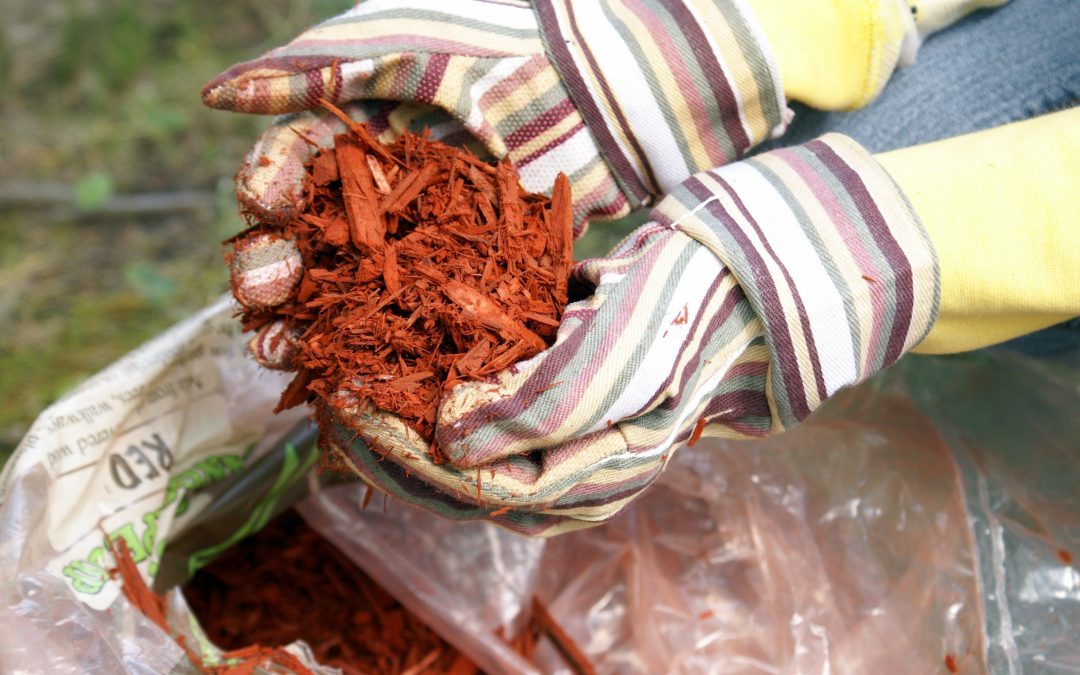Mulch is a popular choice for gardeners and homeowners alike, offering benefits such as moisture retention, weed suppression, and aesthetic appeal. However, a common concern is whether mulch attracts termites, posing a risk to homes and structures. This blog will delve into this issue, providing a comprehensive understanding of the relationship between mulch and termites and offering tips on how to use mulch safely without inviting these destructive pests into your yard.
Understanding Termites and Their Behavior
Termites are small, soft-bodied insects that break down dead wood and plant material in natural ecosystems. However, they become a significant problem when they invade human structures, causing billions of dollars in damage each year. Termites primarily feed on cellulose, a major wood component, threatening homes, particularly those with wooden foundations or other wooden structures.
Termites thrive in environments where moisture, wood, and shelter are readily available. They build their colonies underground, often near sources of moisture, and create tunnels to access food sources. Once they establish a colony near or within a home, they can cause extensive damage before they are even detected. Understanding what attracts termites is crucial in preventing infestations, and this is where mulch comes into the discussion.
The Relationship Between Mulch and Termites
The idea that mulch attracts termites is a common misconception. While it is true that mulch can create an environment conducive to termite activity, it does not directly attract termites. Mulch, particularly wood-based varieties, can retain moisture, which termites need to survive. Additionally, mulch provides a protective cover that helps maintain a stable environment for termites and other insects. However, it is important to note that termites do not actively seek out mulch as a food source. Instead, they are more likely to be attracted to the moisture and shelter that mulch provides.
Different types of mulch can have varying effects on termite activity. Wood-based mulches, such as pine bark or hardwood mulch, are more likely to contribute to termite-friendly conditions if not managed properly. However, this does not mean that using wood mulch will automatically lead to a termite infestation. Mulch simply creates the conditions where termites might thrive if they are already in the vicinity.
Best Practices for Using Mulch Safely
It is important to use mulch properly to minimize the risk of attracting termites. One key factor in safe mulch use is controlling the thickness of the mulch layer. Experts recommend applying no more than 2 to 3 inches of mulch at a time. Thicker layers can retain more moisture, creating an environment more attractive to termites and other pests.
Another important consideration is the placement of mulch. It is best to avoid piling mulch directly against your home’s foundation or other wooden structures. Termites often enter homes through contact with wood, so creating a buffer zone between mulch and your home can help prevent this. Leaving a gap of at least 6 inches between the mulch and any wooden elements of your home’s exterior is a good practice.
For those particularly concerned about termites, there are mulch alternatives that are less likely to create conditions favorable for these pests. Non-organic mulch options, such as rubber or stone, do not attract termites because they do not contain cellulose. Additionally, some wood mulches, such as cedar or cypress, are naturally more resistant to termites and can be safer for use near homes.
Additional Tips to Prevent Termite Infestation
In addition to carefully using mulch, homeowners can take other steps to reduce the risk of termite infestations. One of the most effective strategies is controlling moisture around their home. Ensuring proper drainage, repairing leaks, and avoiding excess watering near the foundation can all help reduce the moisture that termites need to survive.
Regular monitoring and maintenance are also key. Termite barriers can be installed around the home’s foundation to create a physical barrier that termites cannot cross. Regular inspections by a pest control professional can help identify early signs of termite activity before significant damage occurs. If you live in an area prone to termite infestations, these precautions are especially important.
Protecting Your Home
While mulch can create favorable conditions for termites if used improperly, it does not directly attract them. By following best practices for mulch application, such as controlling the thickness of the mulch layer and keeping it away from wooden structures, you can enjoy the benefits of mulch without increasing the risk of a termite infestation. Additionally, controlling moisture around your home and regularly monitoring for signs of termite activity can further reduce the risk.
Homeowners should feel confident using mulch as part of their landscaping as long as they take the necessary precautions. If you have concerns about termites or suspect an infestation, it is always best to consult with a pest control professional who can provide expert advice and solutions tailored to your situation. By staying informed and proactive, you can protect your home and garden from these destructive pests while still enjoying the many benefits of mulch.

